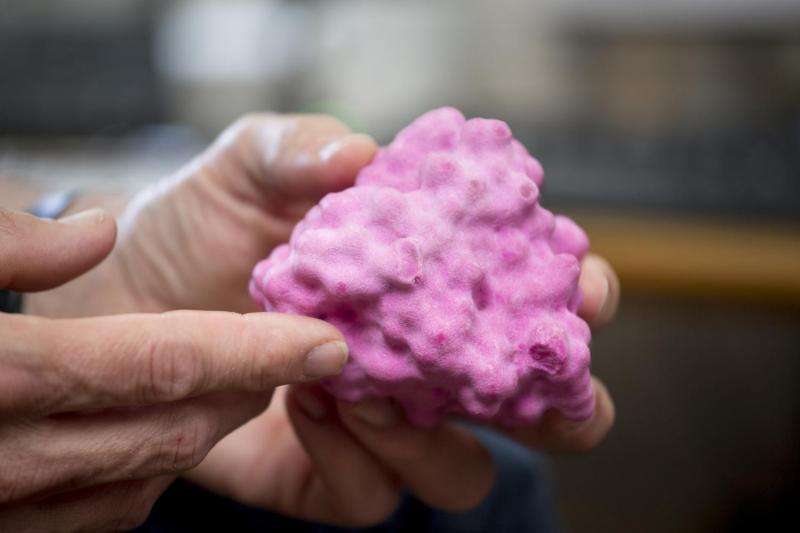Novel enzymatic mechanism for biorefining and sustainable production of biofuels

In 2010, researchers at the Norwegian University of Life Sciences (NMBU) were the first to describe a new class of enzymes that have created a revolution in the area of biorefining. These enzymes, known as "Lytic Polysaccharide Monooxygenases" or LPMOs, have drastically improved our ability to convert cellulose into fermentable sugar (glucose), which is a key step in the production of so-called second generation biofuels and other biomass-derived products. Today, modern cellulose-degrading enzyme cocktails, thanks to these LPMOs, are so efficient that commercial production of second generation bioethanol has become a reality.
Despite their importance and worldwide application, LPMOs have remained an enigma. It is still not clear how these enzymes work at the molecular level. More importantly, there are challenges connected to their industrial implementation: the enzymes tend to be unstable under process conditions and their use requires addition of oxygen, which is costly and difficult to control at an industrial scale.
In a groundbreaking study, Bastien Bissaro, a guest researcher at NMBU from INRA, France, and an NMBU team led by Vincent Eijsink have now discovered that the mechanism by which LPMOs break down cellulose is different from what was previously thought. What has been discovered is that LPMOs do not need oxygen but hydrogen peroxide, which is a cheap liquid chemical. Although this finding may seem small to some, it actually goes against well-established dogmas in biochemistry. Moreover, and most importantly, since the mechanism of these enzymes is different than previously thought, the way to harness their potential in industrial biorefining needs to be reconsidered. Building on their discovery, Bissaro et al show that by controlling the supply of hydrogen peroxide, one can achieve stable enzymatic cellulose conversion processes, much higher conversion rates than previously thought possible and higher glucose yields.
These findings, which were published in Nature Chemical Biology, on August 28, 2017, are of great commercial interest. Collaborative work with industrial partners is ongoing. From a scientific point of view, the present findings are ground-breaking, because they reveal a new type of chemistry that Nature employs to do very difficult things such as breaking down cellulose. Furthermore, the study by Bissaro et al. answers many of the fundamental questions about LPMOs that the scientific community has been struggling with since their discovery in 2010.
LPMOs are abundant in Nature and are known to play roles in several processes besides biomass degradation. For example, and most intriguingly, both LPMOs and hydrogen peroxide are known to play a role in bacterial infections. Thus, the discoveries by Bissaro et al. may have impacts far beyond biomass conversion.
More information: Bastien Bissaro et al. Oxidative cleavage of polysaccharides by monocopper enzymes depends on H2O2, Nature Chemical Biology (2017). DOI: 10.1038/nchembio.2470
Journal information: Nature Chemical Biology
Provided by Norwegian University of Life Sciences



















